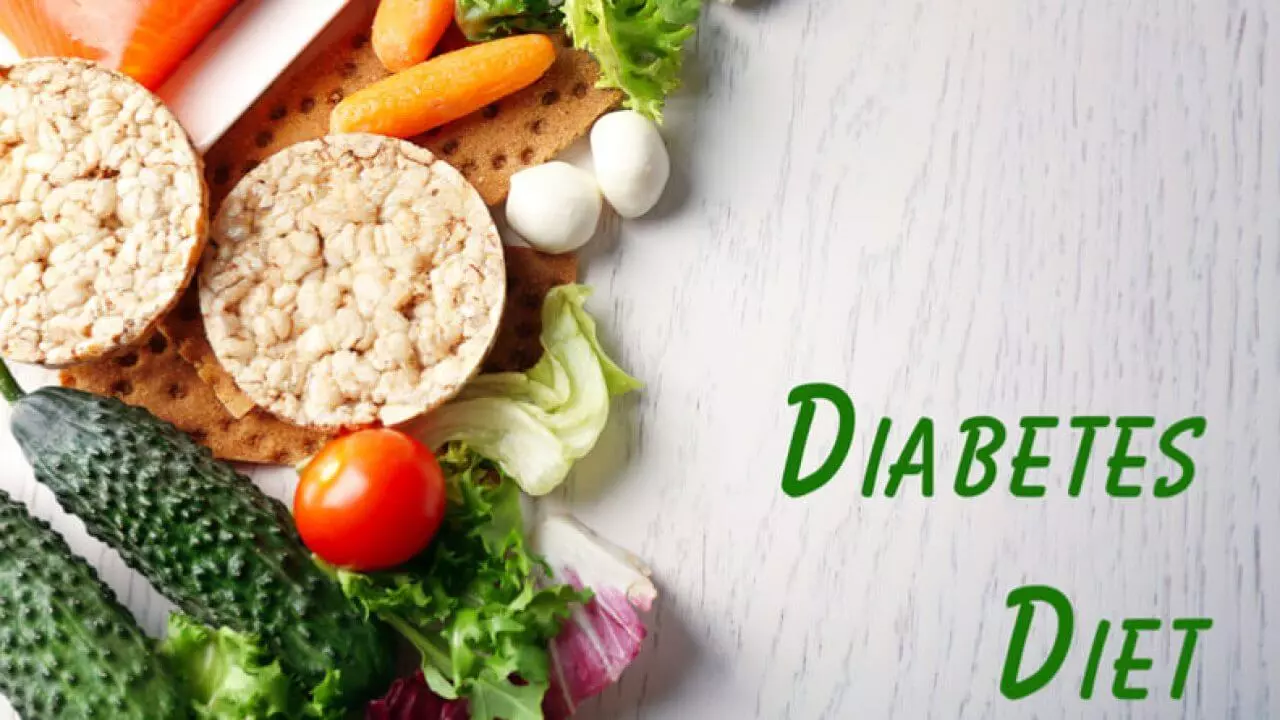Learn what low glycemic index is, how to recognize low glycemic index foods, why dates are better low glycemic index food and use this measure to your advantage.
What is glycemic index?
Glycemic Index measures how long the carbohydrate in a food takes to be absorbed by the intestines. The faster this absorption, the greater the ability of this food to generate insulin spikes in the body.

Insulin is the hormone that puts glucose (carbohydrate product) into cells where they participate in energy production processes. However, when this hormone is in very high amounts in the body, it can cause problems such as:
- Abdominal fat deposits: After all, glucose that is not used by cells will immediately be stored as an energy deposit, i.e. as adipose tissue.
- Pre-diabetes: The more insulin the body produces, the more organs begin to become resistant to it, in other words, request that more of this hormone be used to put glucose into her cells. This condition is called insulin resistance, and as it gets worse it results in type 2 diabetes, as the hormone produced by the body is no longer enough to absorb all the blood sugar.
Therefore, low glycemic index foods may be of interest to those with diabetes or pre-diabetes as well as those seeking weight loss.
Glycemic Index Measurements
The glycemic index of a food is measured compared to some food, usually bread. The calculation is done in the laboratory: scientists give a patient a loaf of bread and watch how long it takes to absorb these carbohydrates. From this standard measurement, the absorption time of other foods is measured and graded according to the bread reference.
The glycemic index can be classified as low, medium and high. This measure may appear in the table with numbers. Usually they indicate:
- Low GI: less than 50
- Medium GI: between 50 and 70
- High GI: above 70
The higher the glycemic index of a food, the less it should be consumed, precisely to avoid insulin spikes.
Dates are on low glycemic index
Low glycemic foods are not always those that have low carbohydrates. Often a food may have a considerable amount of this macronutrient, but it has other elements that make its absorption slower.
The dates are low on glycemic index. The dates, specially, medjool dates are great how are searching the foods on low glycemic index. It is better to know more about benefits of medjool dates. Check out the key reasons why, medjool dates are low on glycemic index.
- High protein and fat: Macronutrients compete with each other to be absorbed in the gut, so if a food is high in carbohydrates but high in protein or fat, it will take longer to absorb completely.
- Good amount of fiber: Soluble fiber has a very important feature; it creates a barrier in the bolus, which makes the release of glucose into the bloodstream much slower: it is harder for this glucose to pass through this barrier and to be absorbed by body.
Other foods with low glycemic index include vegetables, oilseeds, milk and milk products and some fruits, especially when eaten in shell.
Glycemic Index x Glycemic Load
However, it should be noted that the glycemic index only measures the quality of carbohydrate, i.e. whether it is rapidly or slowly absorbed. Another measure, called glycemic load, is important for calculating how much carbohydrate each food brings in each portion consumed. And when a food has a high glycemic load, it will require even more insulin for this glucose to be used, which can be bad even if it is released more slowly.
For people with diabetes, both measures should be taken into account when feeding to achieve foods with the best glycemic profile.

Arlene Ross is a health blogger who enjoys writing on her website. Arlene has always had an interest in medicine, and she hopes to become a doctor one day. She loves reading about medical discoveries, especially when they are for rare conditions that don’t have much research yet. She also likes exploring the science behind different diets and nutrition programs.













